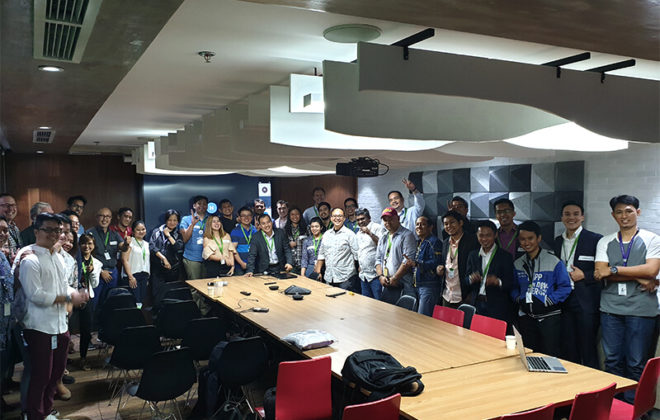Positioning PH as tech hub with RPA supporting data centers
The Philippines is expected to cement its position in the data center market with more companies, especially in the telecommunication sector, establishing their facilities to cater to their needs and become hyperscalers. Will automation play a role in this feat?
According to a government official, the country’s data center capacity will surge by fivefold to 300 megawatts by 2025.
“We are seeing that today more and more data is actually being generated, and we are expecting a rapid increase in the capacity of data centers. There are others that are indicating that they may even put in some more depending on the progress of our economy and the investments that are coming in, especially the hyperscalers,” Department of Information and Communications Technology Secretary Ivan John E. Uy previously said.
A data center facility enables organizations to store and process their information and technology (IT) operations and equipment in a single unit.
Amid the increasing digital adoption and transformation, such as cloud computing, several industries, including healthcare, e-commerce, IT, telecommunications, industrial, and manufacturing, tap data centers for their need for robust computing capabilities, secure connectivity, and storage systems.
But with more companies searching for reliable data centers, operators are also on the lookout to make their facilities even smarter. This can result in a more complex process, a difficult phase where robotic process automation (RPA) can provide support.
Meeting the new demands, operators can beef up their systems with RPA, increasing the reliability of the data centers’ performance.
Software robots can address issues linked to human errors, which usually result in network downtime. Persistent network woes can be detrimental not just to the data center operator, but mostly to its clients.
The fear of possible network downtime will also lessen as the technology can notify or alert workers of the unusual performance of the system.
With software robots, human errors due to multiple and complicated processes can be avoided as RPA can focus on handling complex and repetitive tasks. By automating, operators can expect a higher level of certainty.
RPA can also be programmed to analyze huge amounts of existing data to help decision-makers optimize them.
Deploying RPA can be done in phases:
- Assisted operation. Software robots are present to assist in simple tasks, cutting employees’ duties.
- Partial operation. RPA can now propose actions to operators based on the state of the system.
- Conditional automation. The robots would monitor and be allowed to deploy measures necessary to reduce the threats to the system.
Technologies have been advancing how almost all industries do their work, and RPA is one of the key players leading this advancement.
To know more about how RPA can help your business, talk to Monstarlab Philippines’ RAX team to get the latest trends in automation.





